Amazing Facts About Mikoyan-Gurevich MiG-15
The Mikoyan-Gurevich MiG-15, whose NATO designation is Fa** and USAF/DoD designation being Type 14, is a jet fighter that was developed by the Mikoyan-Gurevich for the Soviet Union. The Mikoyan-Gurevich MiG-15 is one of the earliest jet fighters that had swept wings and were able to reach transonic speeds.
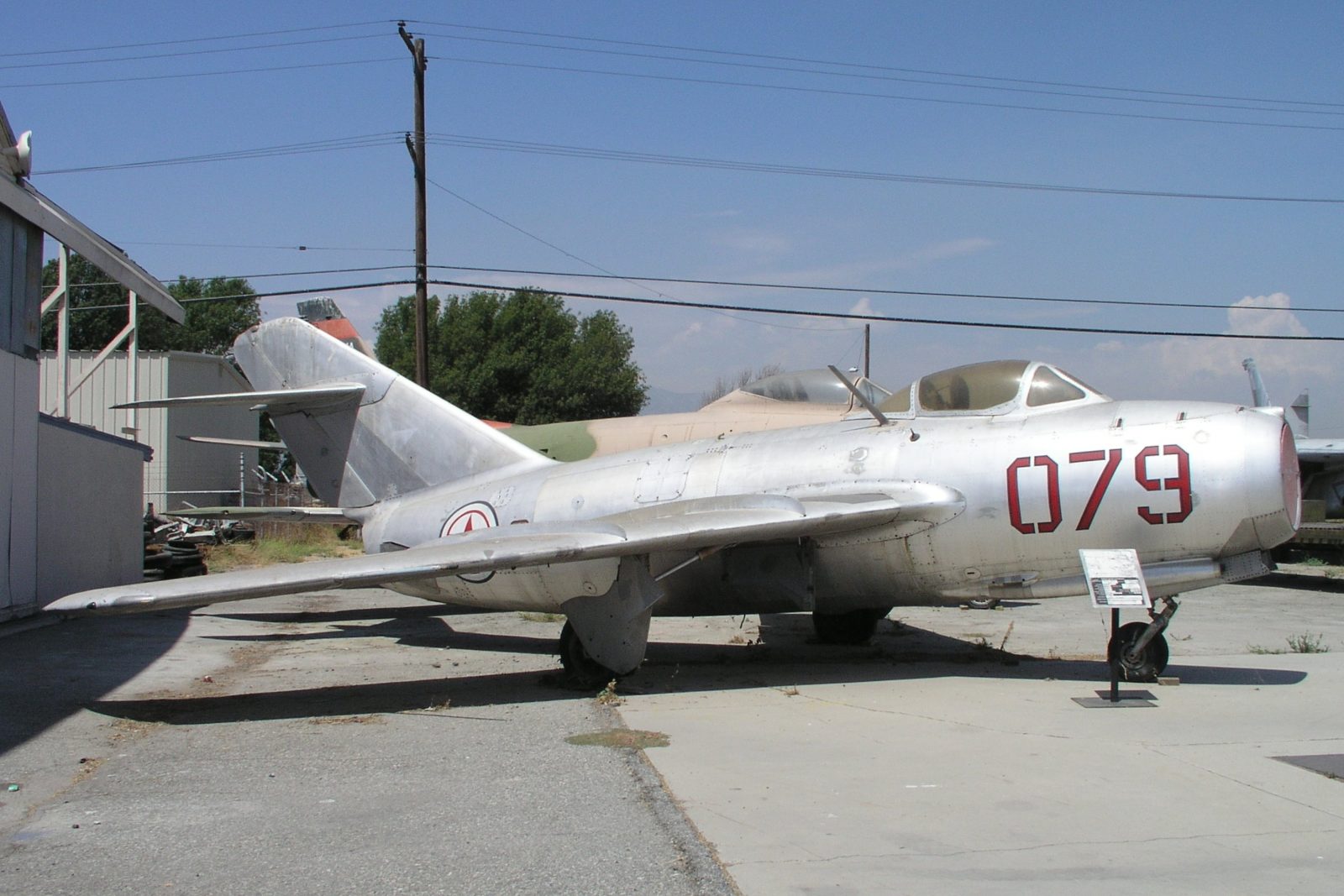
During the Korean War, the Mikoyan-Gurevich MiG-15 was easily able to outclass and outmaneuver the straight wing jet fighters of that time until it was countered in this aspect by USAF’s swept wing North American F-86 Sabre.
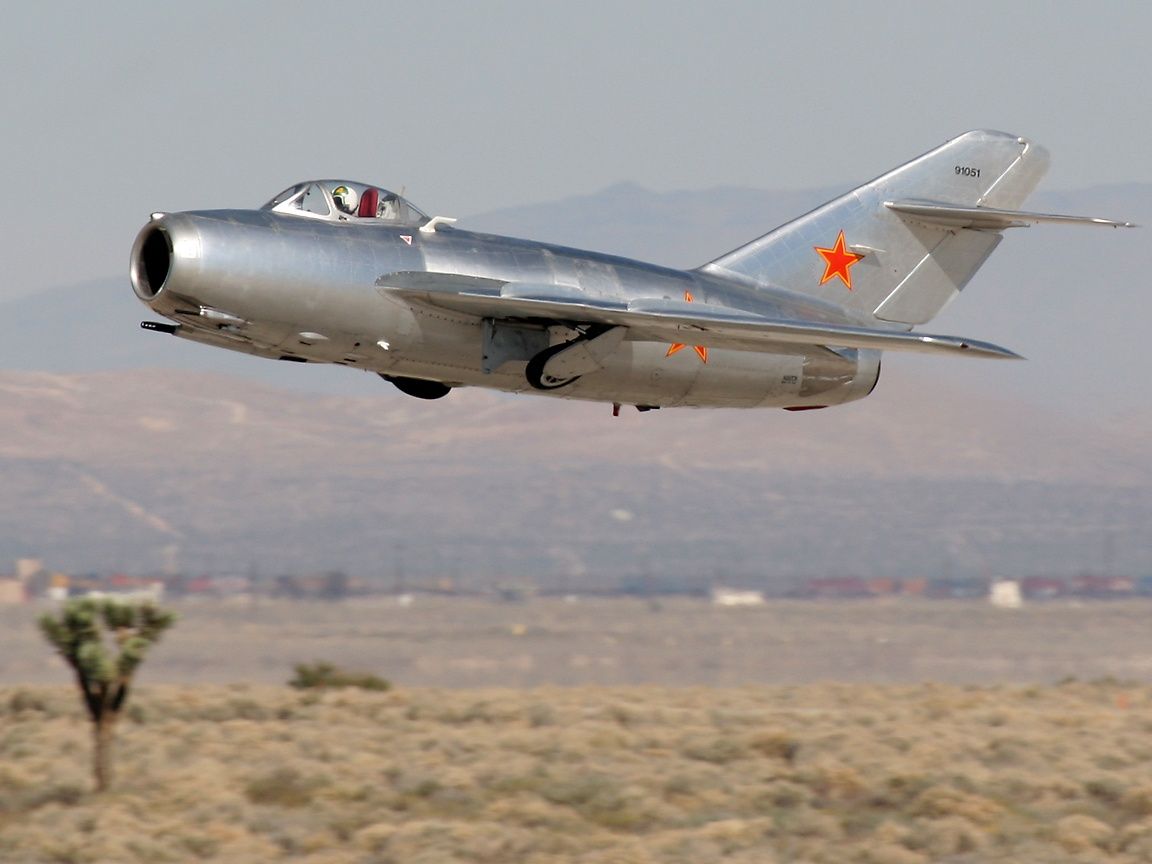
The Mikoyan-Gurevich MiG-15 is often regarded alongside the F-86 Sabre as the best jet fighter during the Korean War. The design of Mikoyan-Gurevich MiG-15 was improved to present the MiG-17 which once again shook the Western forces to their core and they were forced to start the projects that gave birth to Western jet fighters like Republic F-105 Thunderchief and McDonnell Douglas F-4 Phantom II. All of these jet fighters were designed and manufactured during the Korean War of the 1960s.

In the MiG series, the Mikoyan-Gurevich MiG-15 is regarded as one of the mass manufactured and mass procured fighter jets with their numbers reaching up to nearly 13000 aircraft. Furthermore, the foreign manufacturing license increased these numbers to 18000. Till this day, the Mikoyan-Gurevich MiG-15 is serving under the banner of Korean People’s Army Air Force where it serves the role of an advanced trainer fighter jet.
For our readers today, we have gathered a bunch of amazing facts about the Mikoyan-Gurevich MiG-15 which are as follows.
Development:-
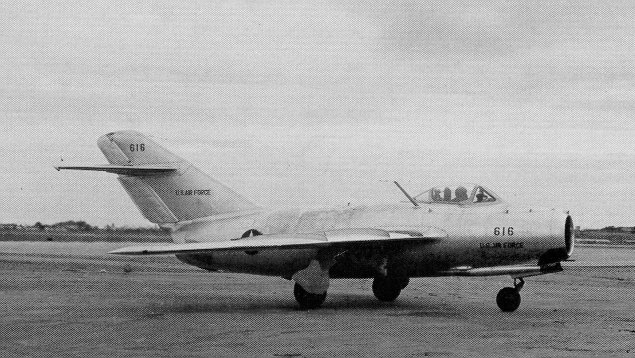
The Russian designers of jet fighter Company named Mikoyan-Gurevich presented the design of the Mikoyan-Gurevich MiG-15 back in 1946 and the first Mikoyan-Gurevich MiG-15 prototype was ready by December of 1947 when it took its first flight. The Mikoyan-Gurevich MiG-15 at that time was the first of its kind to have swept wings as well as reach the high transonic speeds.
With the presence of the Mikoyan-Gurevich MiG-15, the air superiority of USAF in the aerial combat was challenged. It was the aircraft that forced the US Army to start the projects for building following swept-wing jet fighters.
- F-86 Sabre
- Republic F-105 Thunderchief
- McDonnell Douglas F-4 Phantom II
The earliest of these were F-86 Sabre that went toe to toe with the Mikoyan-Gurevich MiG-15 in aerial combat.
First combat mission:-
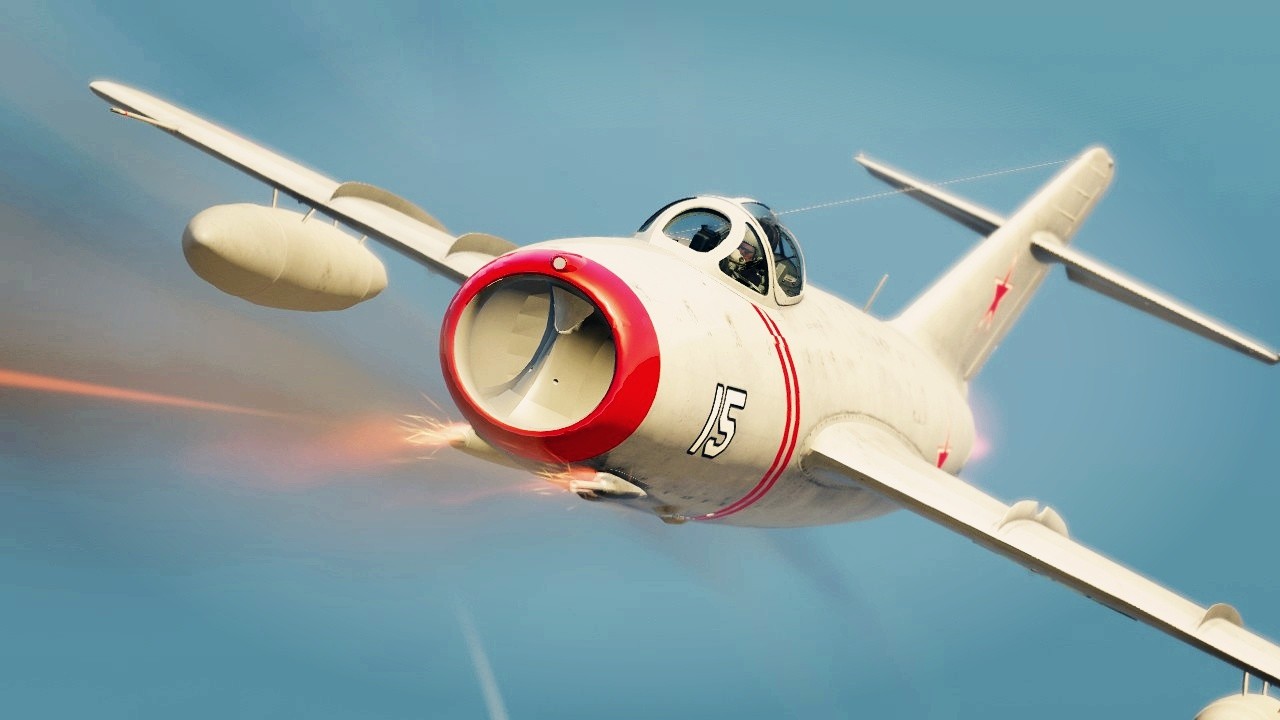
During the Korean War, late on November of 1950, one USAF B-29 Superfortress was being escorted by F-80s for an attack mission over a North Korean base when it was heavily damaged by a Mikoyan-Gurevich MiG-15. The F-80s escorting the B-29 pursued a high-speed chase but were never able to catch up to the Mikoyan-Gurevich MiG-15 as it stripped away from their range easily. This was the first ever combat mission of Mikoyan-Gurevich MiG-15 which shook the Western world to its core.
Mass Production:-

During the Korean War, the Mikoyan-Gurevich MiG-15 was one of the most mass produced and most exported jet fighters of that time. In between the years of the Korean War, nearly 13000 of these aircraft were manufactured by the USSR.
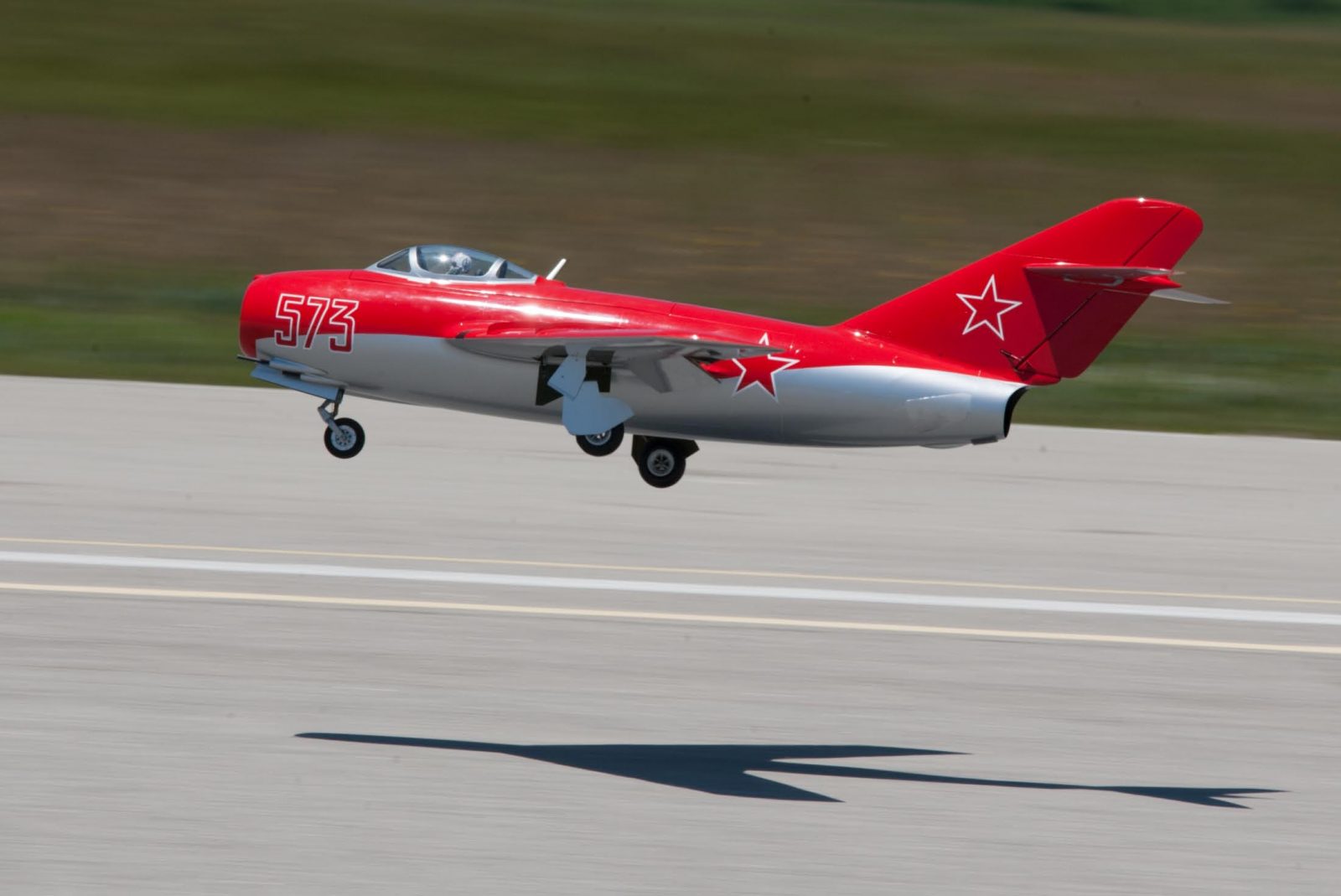
Later, the foreign license was awarded to many countries with China being the top of the list. Under this license, the total number of aircraft manufactured reached up to nearly 18000. Nearly 30 countries during that time imported the Mikoyan-Gurevich MiG-15 for their Air Forces.
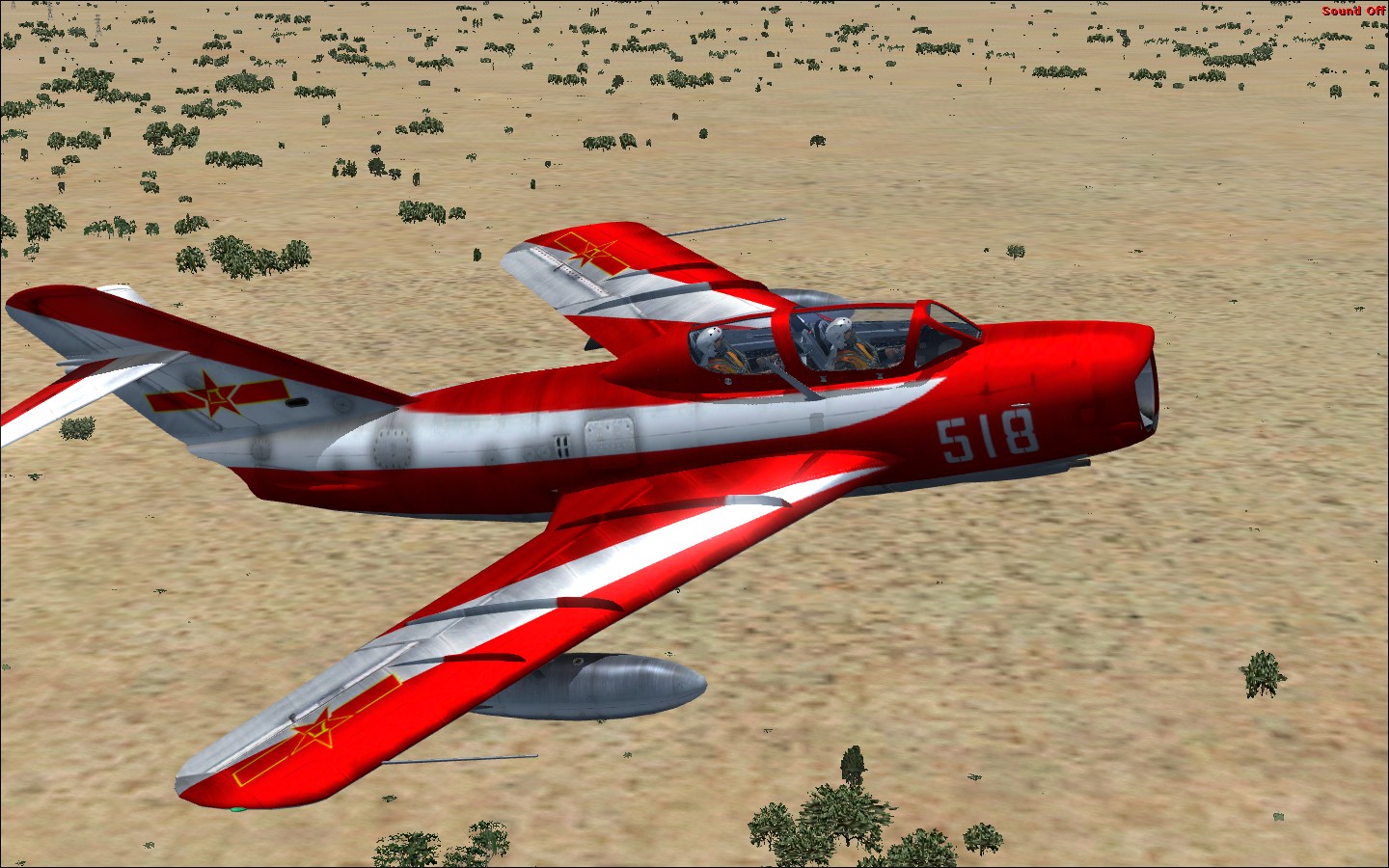
Primarily being sued by China, the Mikoyan-Gurevich MiG-15 still served for the Chinese Air Force for nearly two decades after the Korean War concluded. China still uses these Mikoyan-Gurevich MiG-15s as their primary trainer and also uses them in the air shows.
Engine:-
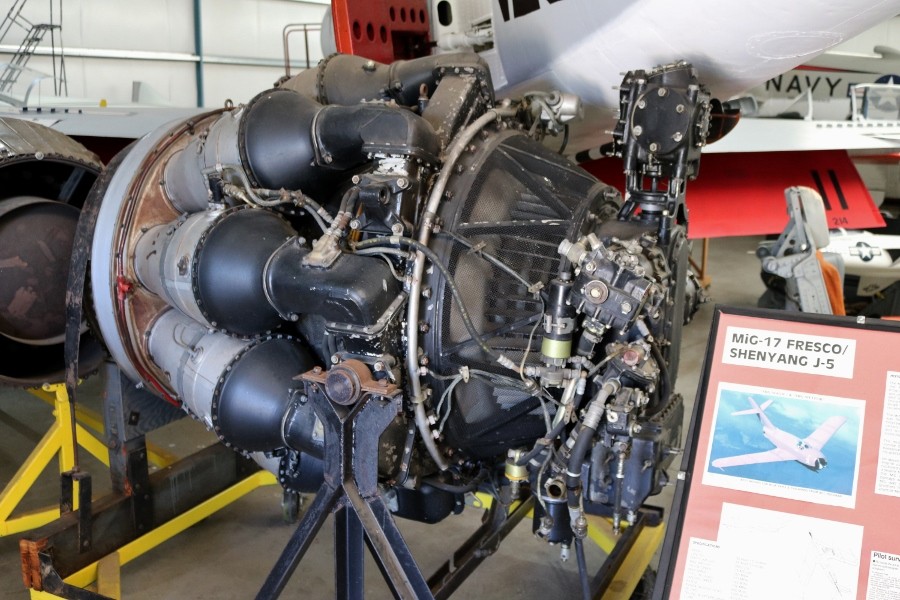
The Mikoyan-Gurevich MiG-15 was powered by a single VK-1 Turbojet engine which was a direct imitation of the Rolls Royce Nene engine. Great Britain under an agreement of not using the engines in the combat situations brokered a few of the Rolls Royce Nene engines to the Soviet Union back in 1948. These engines were then reverse engineered by the Soviet manufacture by the name Klimov with some specific Soviet touches to create what was known as the VK-1 to install it in Russia’s first all-new jet fighter.
Thrust:-

The VK-1 engine fitted inside the Mikoyan-Gurevich MiG-15 was a centrifugal flow engine that was able to produce a thrust of 5952 lbs. The main difference between the VK-1 and the Nene engines were that VK-1 was consistent of the following features.
- Large combustion chamber
- Large turbines
- Increased airflow
Rolls Royce demanded the Soviet Union for the licensing fee but was not successful in their endeavors.
Speed and Range:-
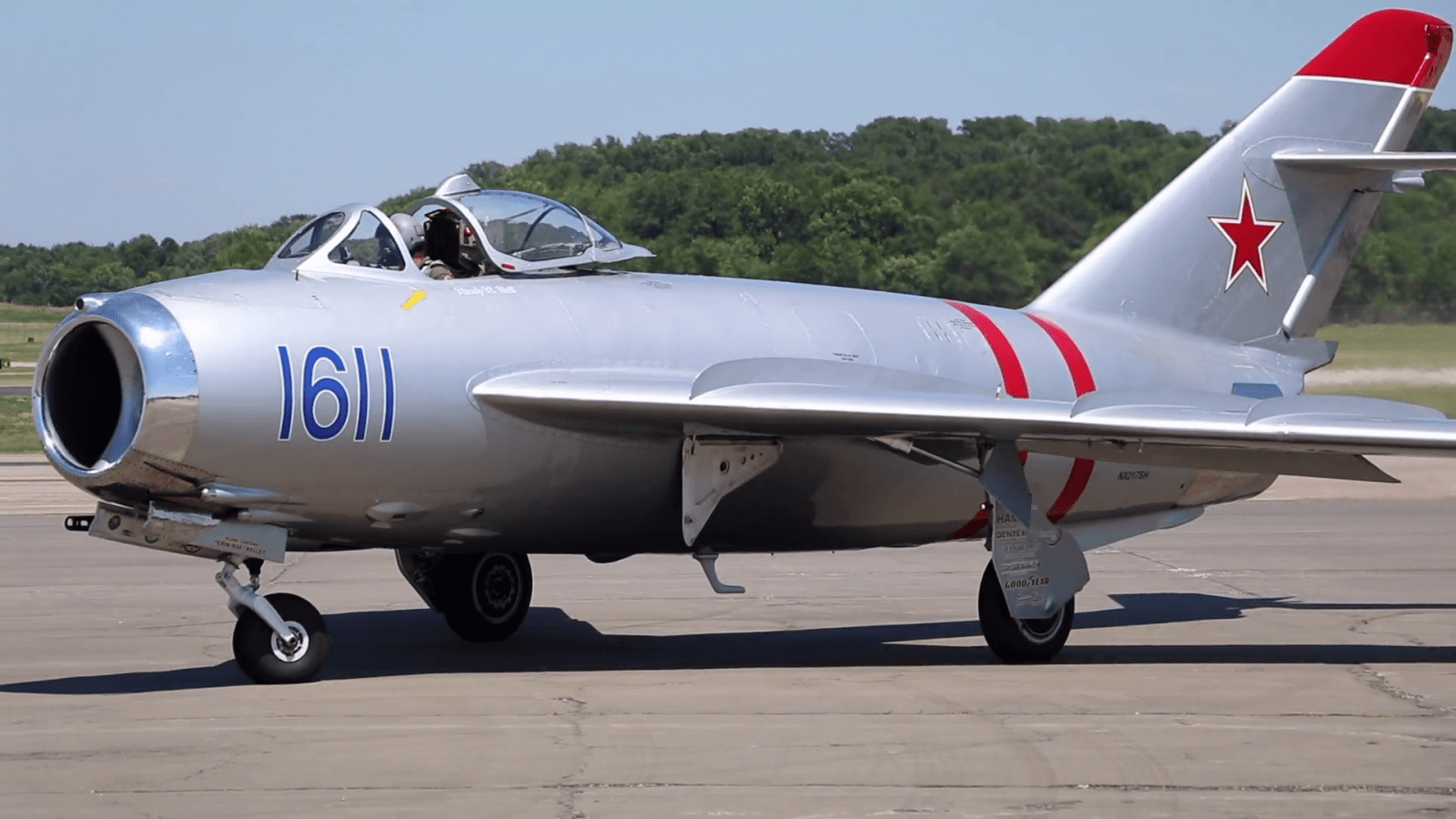
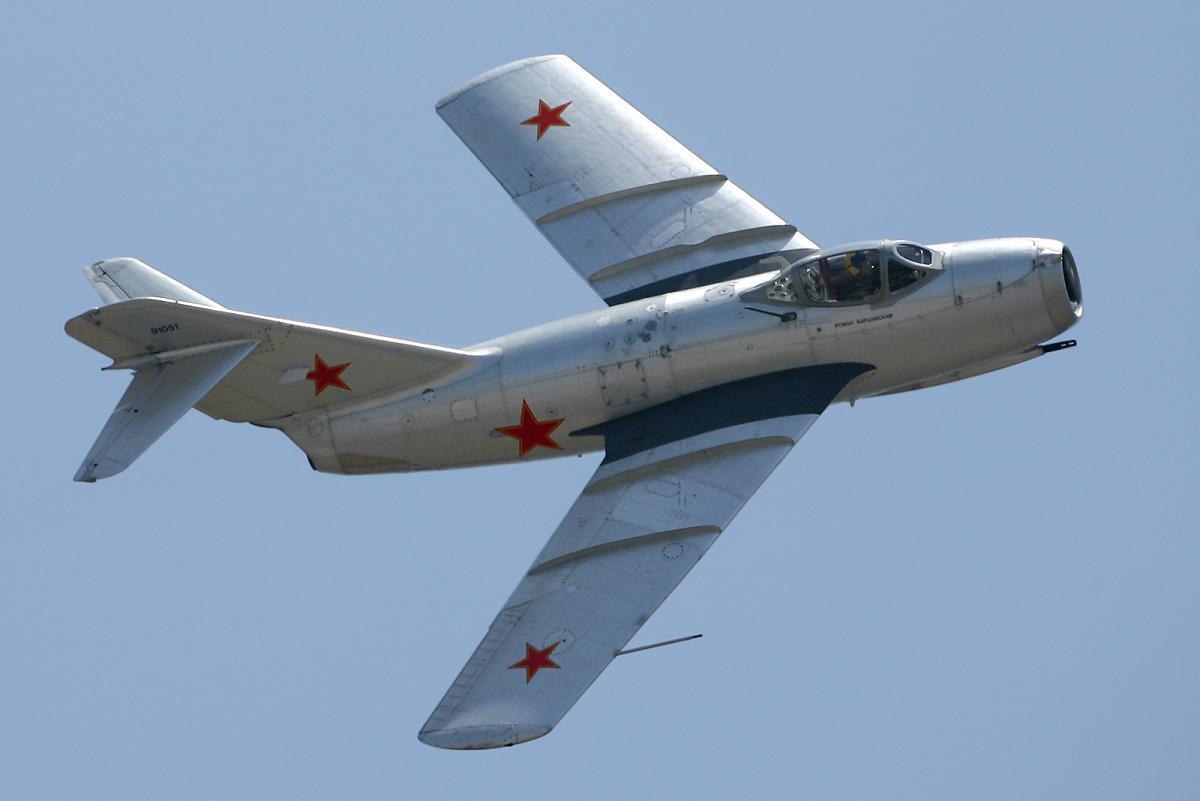
The Mikoyan-Gurevich MiG-15 under the full thrust from its VK-1 engine was able to reach the maximum speed limit of 1000 kilometers per hour with a climbing rate of 51000 feet. The aircraft was operated by either 1 or in trainer situation, by two crew members had a range of almost 1150 miles or 1850 kilometers.
Ejection Seat:-

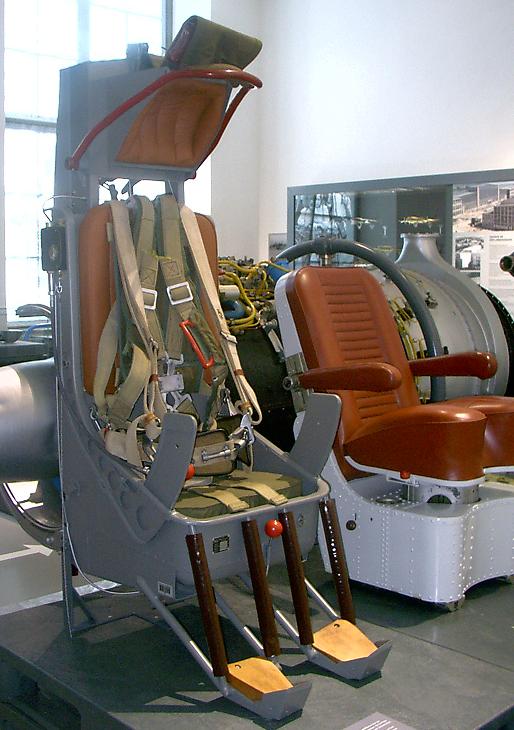
The Mikoyan-Gurevich MiG-15 was the first jet fighter from the Soviet Union to have the ejection seat. Before this, the pilots used to perform manual ejections but under the high speed of Mikoyan-Gurevich MiG-15, these manual ejections were not at all possible. The ejection seat also featured the double parachute for the pilot as the seat cushion located above the ejection pan.
Once the explosive cartridges under the ejection pan were detonated, the set pan was able to provide enough lift to pilot for being lifted up vertically in the air.
Armament:-
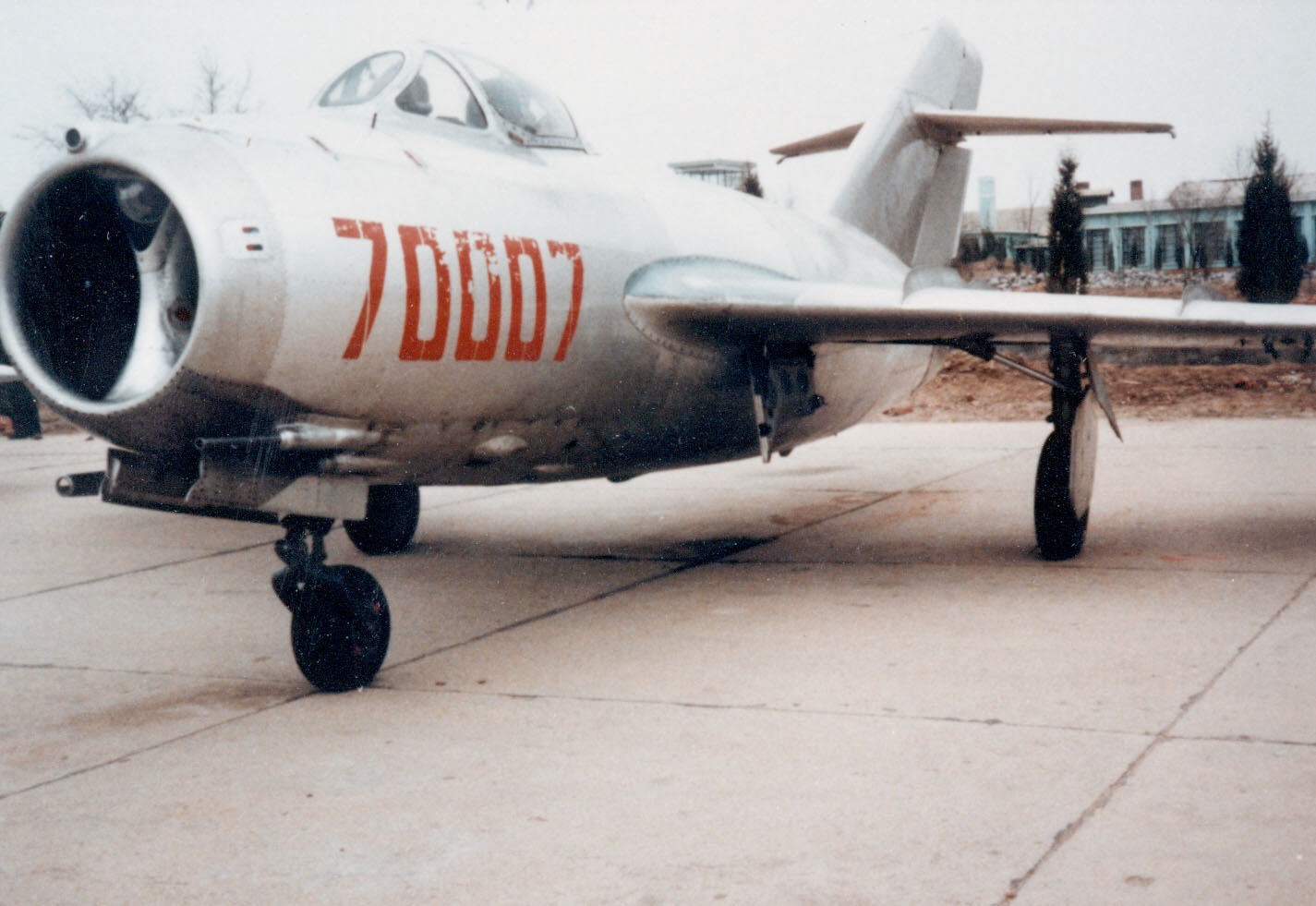
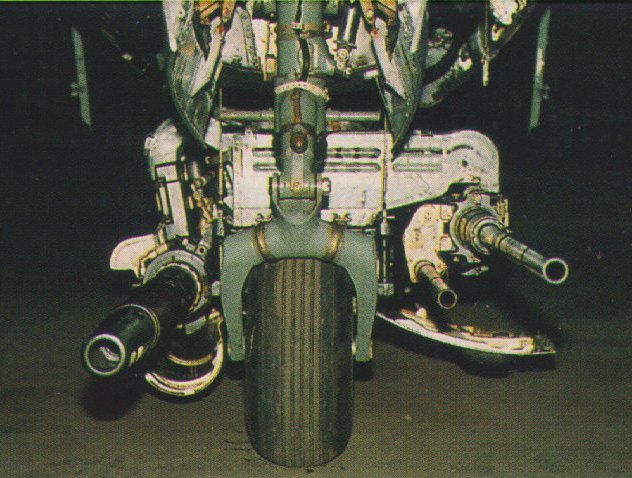

84054 A.C. – HQ, FEAF, Tokyo — Especially interested in firepower used against U.S. Air Force F-86 “Sabre” jets during the Lorean war, Air Force Technicians inspect the Russian-built fighter’s armament system prior to flight tests in Okinawa. Two 23 millimeter cannons and one 37-millimeter cannon are mounted on an elevator-type gun platform which can be raised and lowered by cables. The armament expert on the right holds a 37-MM cannon shell, October 1953.<br />
Print rec’d 23 October 1953 from Headquarters Far East Air Forces APO 925. FEAF Neg. No AF-5250-1. Copied 26 Oct. 1953. Orig. 4×5, neg. we’d 30 November 1953 from Hdq., 2nd Photo Sqd., Air Photo & Charting Service, APO 328, %PM.<br />
San Francisco, Calif. Copy neg. destroyed 11 March 1954. Filed: Air Force Activities Korea – 1953-Airplanes-Russian.

The Mikoyan-Gurevich MiG-15 was designed while keeping the USAF’s bomber aircraft. The weapon systems that were fitted on the MiG-15 were the one meant exclusively for the B-29. The Mikoyan-Gurevich MiG-15 has the following cannons on board.
- two Nudelman-Surenov 23mm cannons
- one Nudelman 37mm cannon
Conclusion:-
The Mikoyan-Gurevich MiG-15 was the Soviet Union era jet fighter incorporated with swept wings that were able to reach the transonic speeds. With its introduction into the aerial combat, the Western powers were shocked and that was also the cause to manufacture their own swept-wing aircraft at that time. With 18000 of these bad boys being manufactured in the world, they even serve for Chinese Air Force and Korean People Air Force as their primary trainer and are still being used in air shows.
Related Content
Share this content:


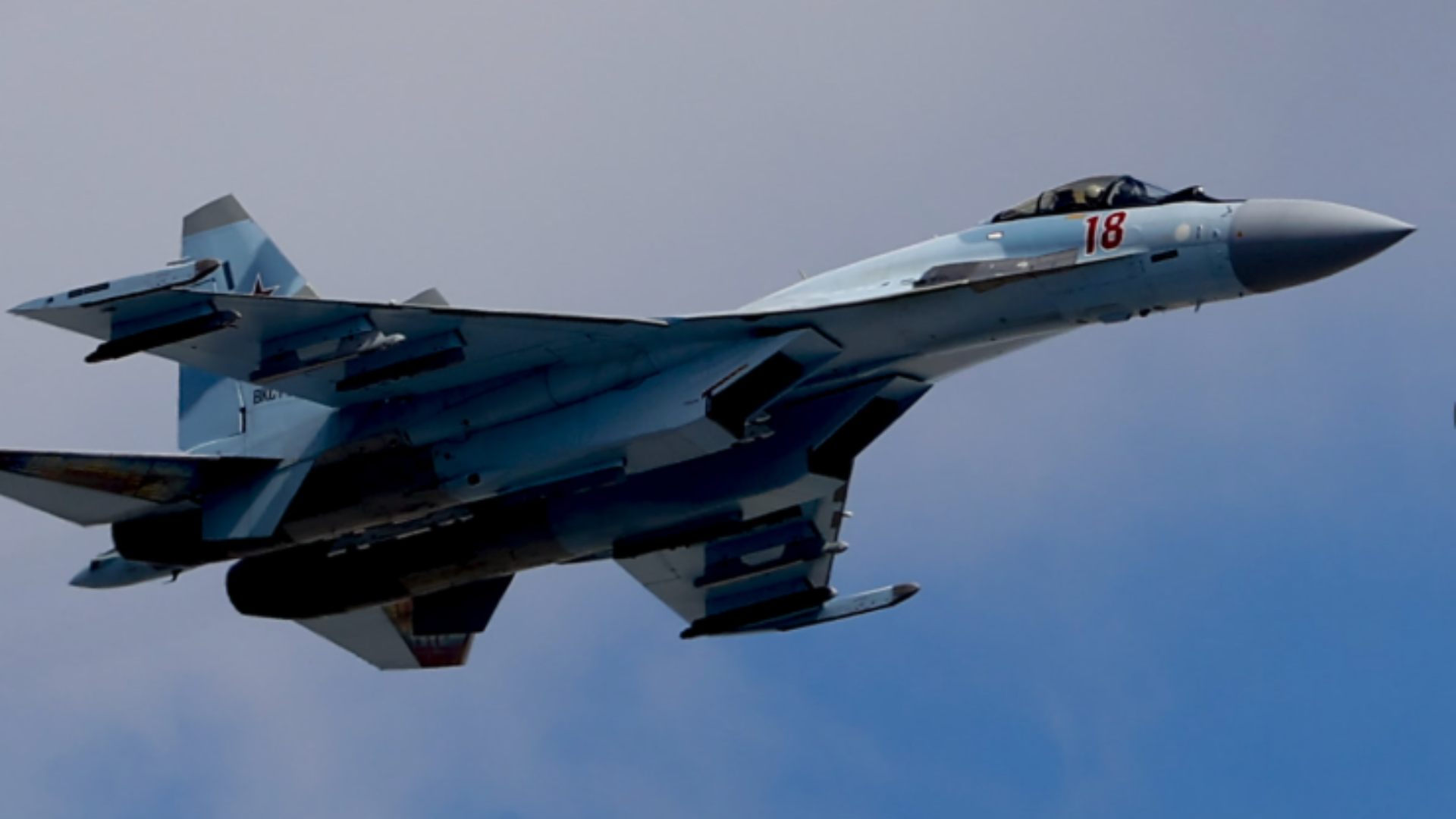
Post Comment